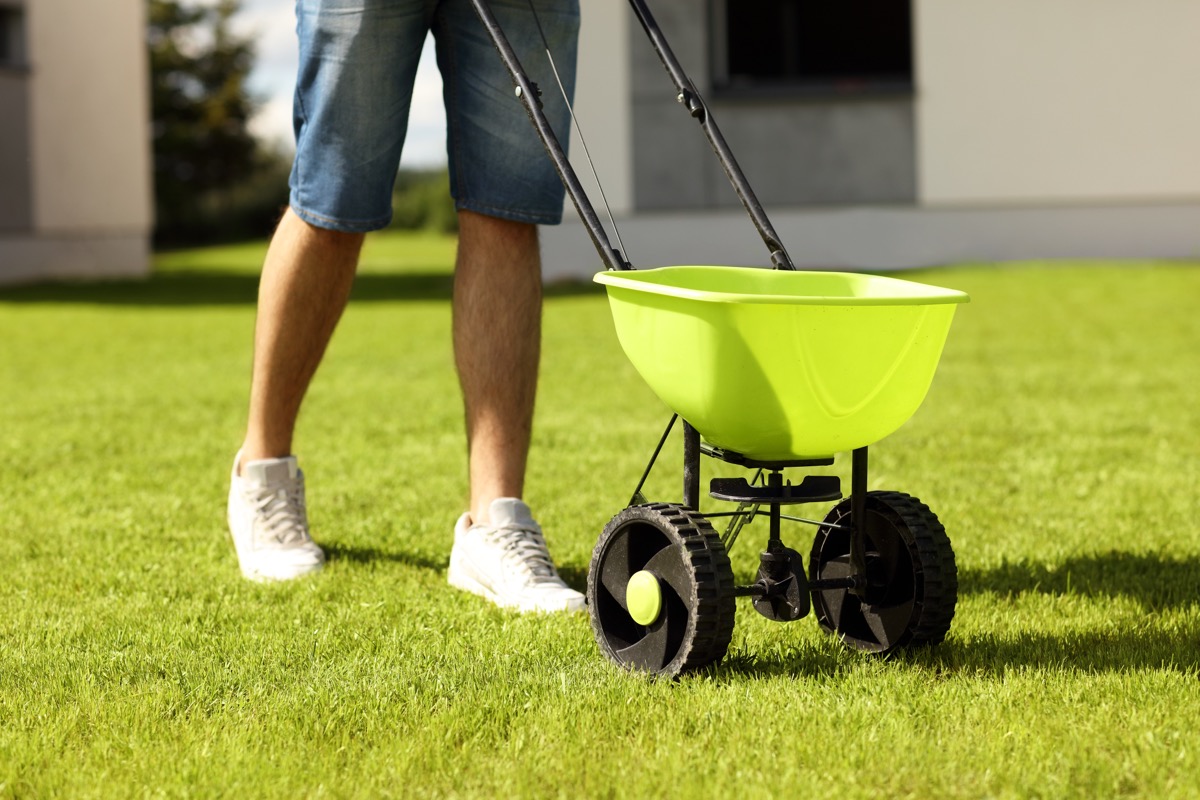When it comes to the curb appeal of your home, your lawn plays a crucial role. The type of grass you choose can make a significant difference in the overall look of your property. Selecting the right grass that suits your climate, soil type, and maintenance needs can ensure a lush and vibrant lawn that is resilient to the elements. On the other hand, choosing the wrong type of grass can result in a patchy and high-maintenance lawn that never seems to thrive.
With thousands of grass species in the world, it can be overwhelming to navigate through the options. However, landscaping experts suggest that there are only 10 main types of grass that you need to consider for your home gardening needs.
Grass provides several benefits for your yard, according to Michael Clarke, a landscape architect and horticulturist. It helps cool your landscape and provides a soft cushion for various activities. Craig Elworthy, the founder of Lawnbright, a natural lawn care company, mentions that lawns have a bad reputation for their environmental impact but can be beneficial when properly cared for. Lawns act as a carbon sink, absorbing carbon from the atmosphere and producing oxygen, supporting a biodiverse ecosystem when cultivated thoughtfully.
There are between 11,000 and 13,000 species of grass in the world, but when it comes to desirable turfgrass for residential yards, only a handful are commonly used. These grasses are categorized into two primary types: warm-season and cool-season grasses.
Warm-season grasses thrive in hot climates and are typically found in southern and southwestern regions of the United States. They grow vigorously in the summer months and spread through rhizomes and stolons. Some common warm-season grasses include Bermuda, Zoysia, Centipede, St. Augustine, Buffalo grass, and Bahia.
Cool-season grasses, on the other hand, thrive in colder climates and grow in the spring and fall seasons. They require seeding as they do not spread on their own like warm-season grasses. Some popular cool-season grasses include Tall Fescue, Ryegrass, Kentucky Bluegrass, and Fine Fescue.
Choosing the best type of grass for your lawn depends on various factors such as climate, daily use, and sun exposure. Different regions in the United States tend to favor specific grass types based on their durability and ability to withstand different conditions. Consulting with a local horticulturist or lawn care expert can help you determine the best grass type for your area and provide valuable care tips.
In conclusion, selecting the right type of grass for your lawn is essential for maintaining a lush and vibrant outdoor space. By considering factors such as climate, soil type, and maintenance needs, you can ensure that your lawn remains healthy and resilient. With proper care and maintenance, your grass will thrive for years to come, enhancing the overall curb appeal of your home.

